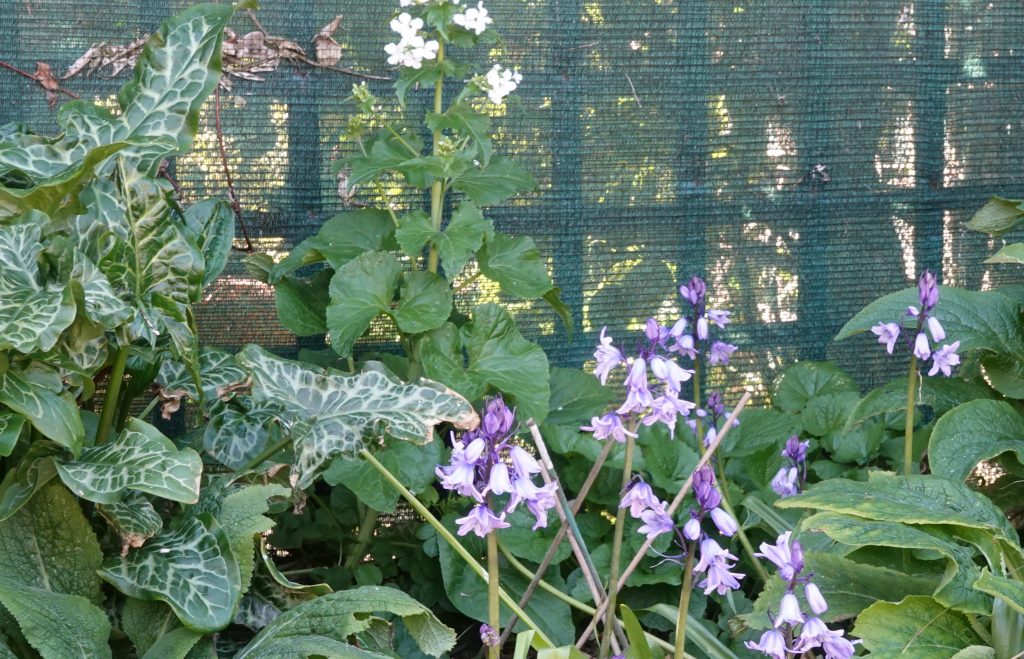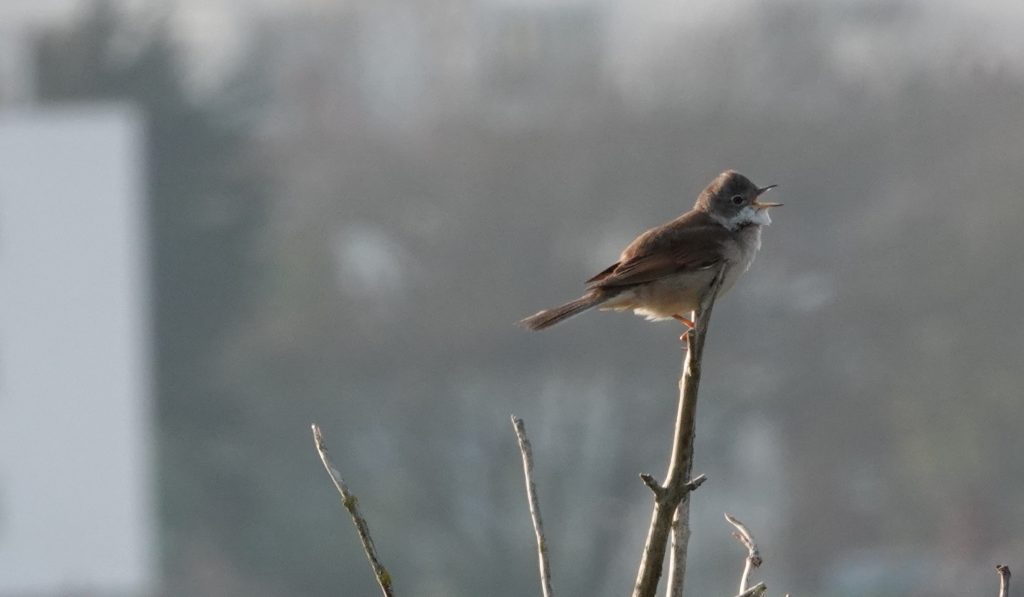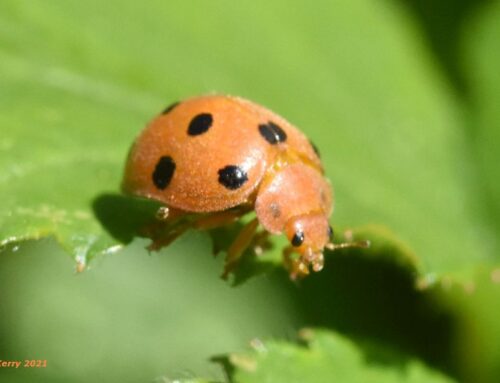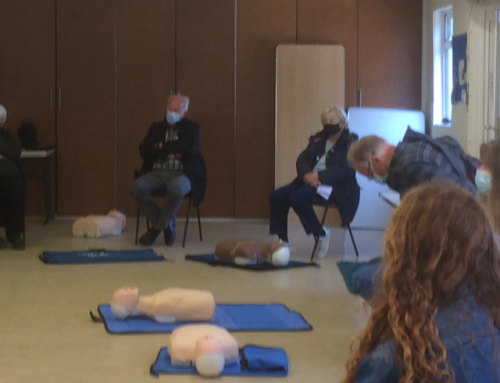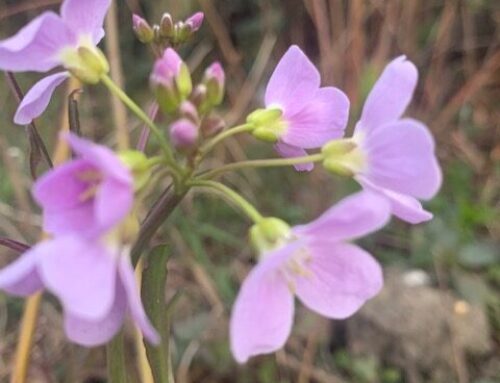Are you missing the bluebells? This time last year we were enjoying a visit to the beautiful bluebell trails at Arlington. Did you know that half the world’s bluebells are found in the UK? Visiting woods with bluebells is an annual treat and will be much missed during the current lockdown.
In consolation, bluebells seem to have popped up in my garden for the first time this year. No doubt brought here by birds leaving dropping as they come in to feed!
These uninvited arrivals are of course Spanish bluebells. Spanish bluebells have upright stems, conical bell shaped flowers with open tips, blue pollen and no scent.
lntroduced by the Victorians as a garden plant, the Spanish bluebell has made it out into the wild where it crossbreeds with our native plants and produces fertile hybrids with a mix of characteristics. Our native bluebell is losing ground to this European imposter.
I thought I’d have to miss out on my dose of bluebells this year, but then I came across some in a most unexpected place.
Since lockdown I have started to explore my nearest green space. This turns out to be a wonderful nature reserve, and one I have been unable to explore before, having no inclination to wield clubs and hit balls round Seaford Head golf course. I must say it is wonderful to be able to walk round and get to know this well managed course, and sanctuary for wildlife.
There is such a lot of space too, that it is easy to keep your distance from people, unlike the seafront which is particularly busy.
Since I’ve been exploring this area I’ve discovered a number of wonderful things, one of them being a stunning field of bluebells!
I’m not an expert, but these do look far more like English bluebells than they do Spanish ones. Although growing out in the open, they have one sided droopy heads.. and oh what a fantastic fragrance too! Very early this morning I stood for moment, closed my eyes, listened to a bee buzzing over the bluebells, and breathed deeply that wonderful scent. Just wonderful.
Also on the golf course, I found a dew pond full of tiny flowers (common water crowfoot?), brown tail moth caterpillars in a hedge, a chiffchaff singing only a few feet away from me, an old well, an interesting scarecrow, loads of cute baby rabbits, some wonderful trees (some planted by “Trees for Seaford”, linnets singing inches away from the closed clubhouse, the first cowslips and dozens of paths I’d never walked before! My lockdown exercise hour suddenly got a whole lot nicer!
Another thing I was looking for (after reading the information sign at the bottom of the nature reserve) was whitethroats, which arrive from Africa to breed in the UK around this time. This site is specially managed for lesser and common whitethroats, which require scrub of varying ages to be able to breed. On my first walk, I was hearing common whitethroats everywhere (they have a very scratchy distinctive song) and can confirm there were plenty singing but few wanting to be photographed! I was actually only a matter of yards from home when I finally managed to catch one, singing prominently on a bush! You can learn how to identify a whitethroat song here.
If you are walking on the golf course please do stick to the paths and rough areas, and use the bins provided.
I’m told there are some lovely bluebell woods too at Bollums Bush which is a woodland area behind Peacehaven Golf course. Are you blue because you are missing your bluebells, or do you have some nearby you can share with us?
Are you walking different paths close to home, and spotting new things? We would love to hear from you about your walks nearby. Do get in touch.




